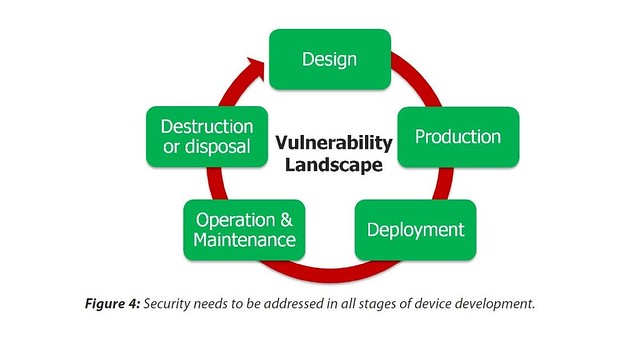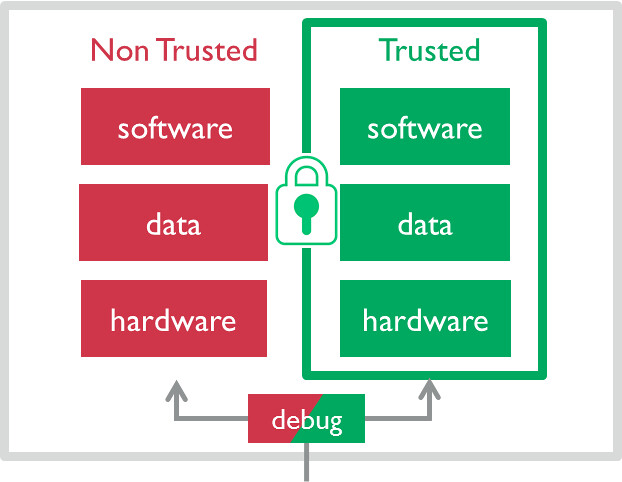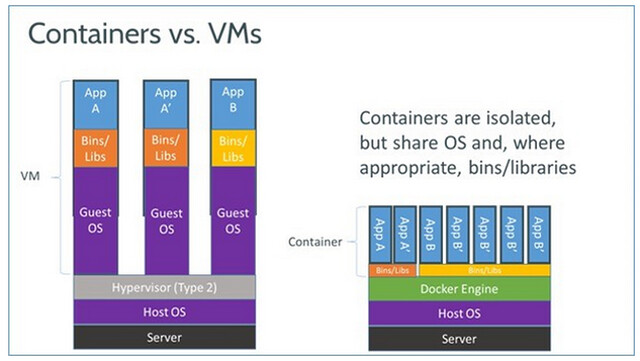joshuacp
Member level 4
Dear all, I am an antenna and RF circuilt enginneer. For the common work, I find the Linux is also very important for me. I have some
basic knowledge of C language. Could anyone introduce me any web links or how to start the Linux learning?
In my work, I designed the antenna and wireless module for IOT(Internet of Things) application. To completely master the project, I also want to know how
to make the wireless module work correctly in the Linux environment, such as the device driver development.
Thank you very much in advance!
basic knowledge of C language. Could anyone introduce me any web links or how to start the Linux learning?
In my work, I designed the antenna and wireless module for IOT(Internet of Things) application. To completely master the project, I also want to know how
to make the wireless module work correctly in the Linux environment, such as the device driver development.
Thank you very much in advance!




